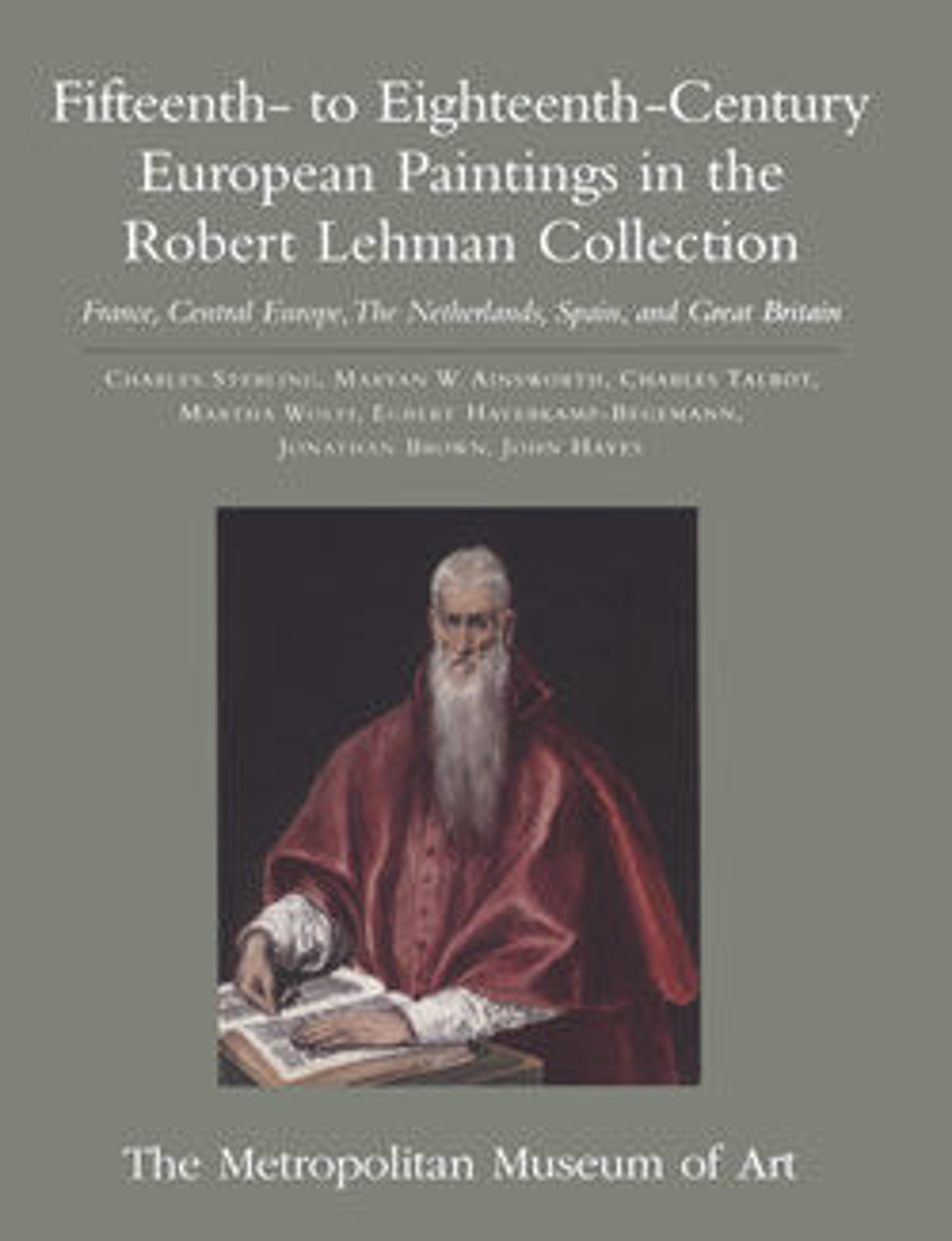Virgin and Child
The Virgin nurses her son as they sit in a landscape of gently rolling hills. This small, readily transportable image, intended for private devotion, would have served as a reminder to its viewer of Mary’s compassionate love of Christ. Paintings of the Virgin and Child like the Lehman picture were extremely popular in the early- to mid-sixteenth century and production was localized in major artistic centers like Antwerp. This composition is especially close to others associated with the Female Half-Lengths group, including the Virgin and Child also in the Lehman Collection (1975.1.123).
Artwork Details
- Title:Virgin and Child
- Artist:Netherlandish (Antwerp?)
- Date:second quarter of the 16th century
- Culture:Netherlandish
- Medium:Oil on wood
- Dimensions:5 1/8 x 4 in. (13 x 10.2 cm)
- Classification:Paintings
- Credit Line:Robert Lehman Collection, 1975
- Object Number:1975.1.124
- Curatorial Department: The Robert Lehman Collection
More Artwork
Research Resources
The Met provides unparalleled resources for research and welcomes an international community of students and scholars. The Met's Open Access API is where creators and researchers can connect to the The Met collection. Open Access data and public domain images are available for unrestricted commercial and noncommercial use without permission or fee.
To request images under copyright and other restrictions, please use this Image Request form.
Feedback
We continue to research and examine historical and cultural context for objects in The Met collection. If you have comments or questions about this object record, please contact us using the form below. The Museum looks forward to receiving your comments.
